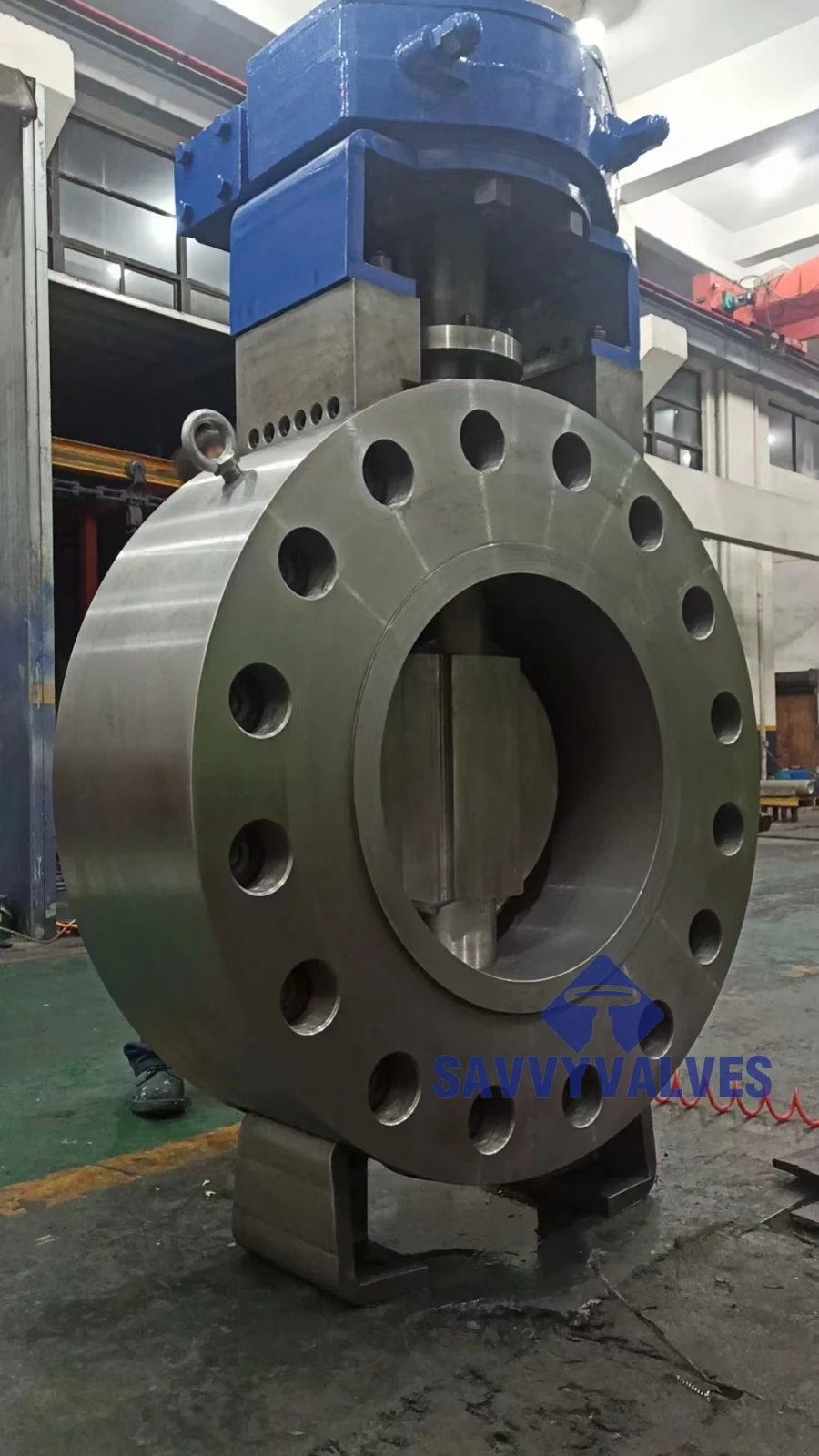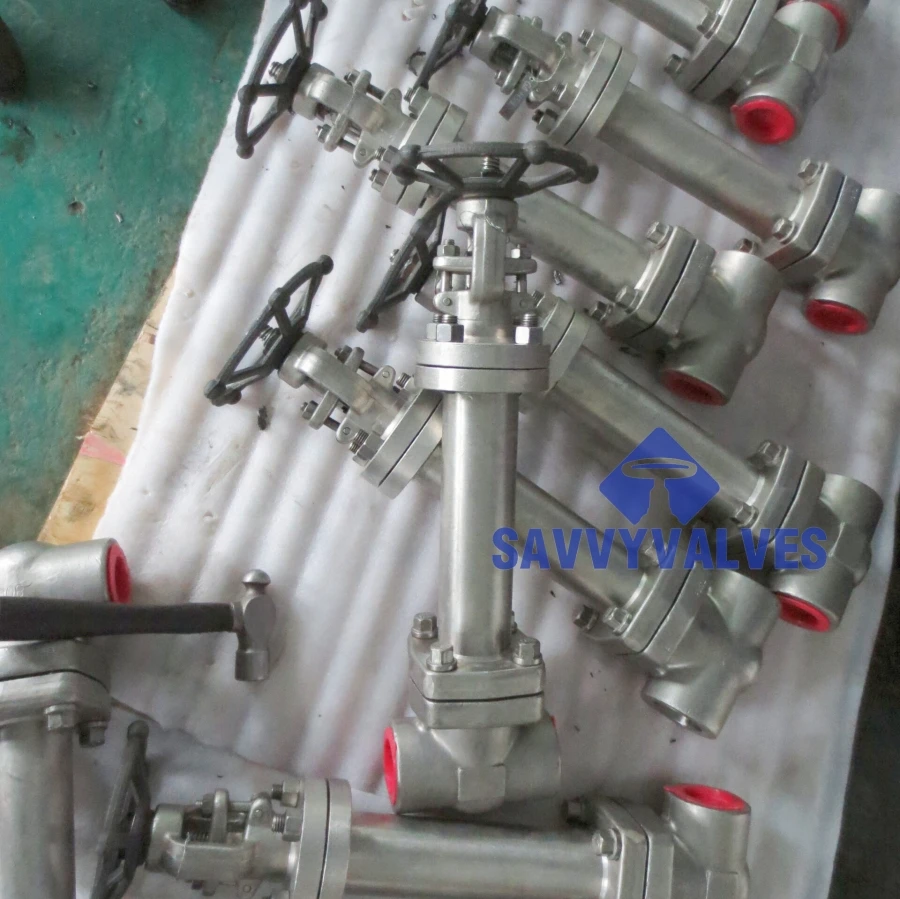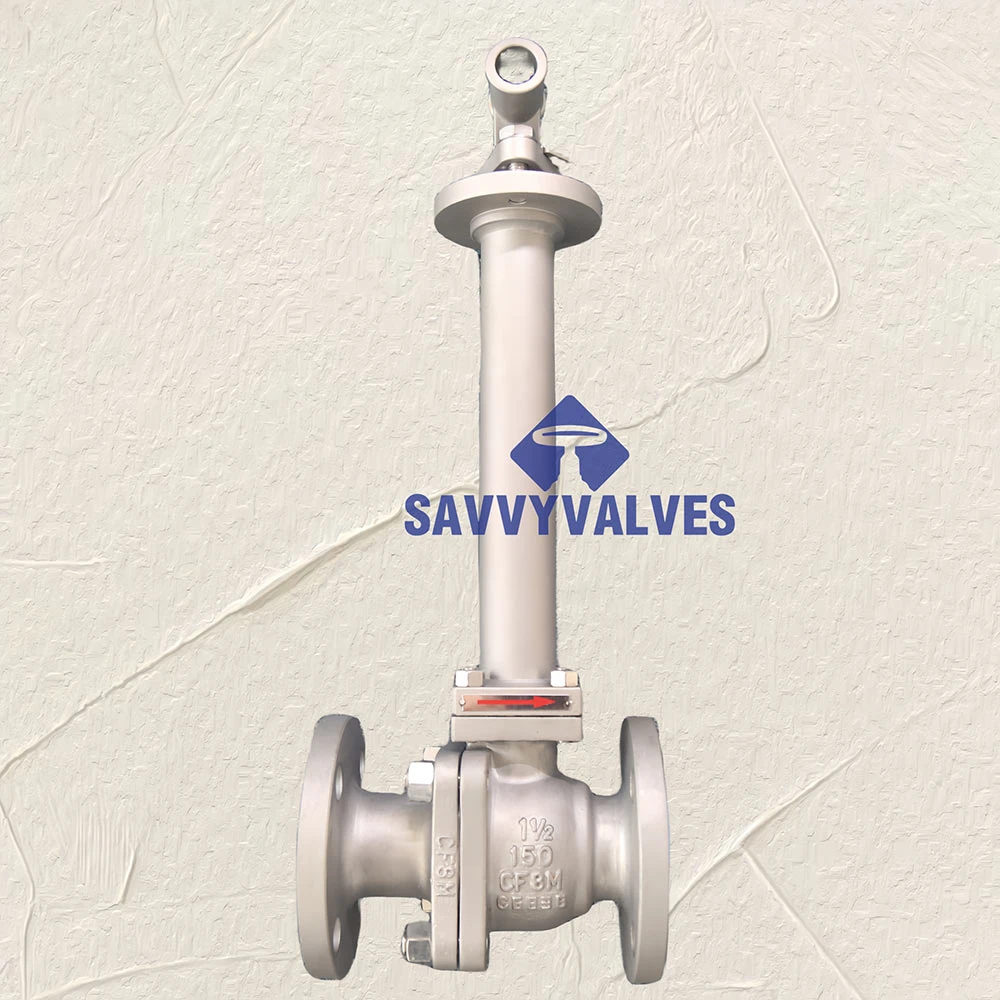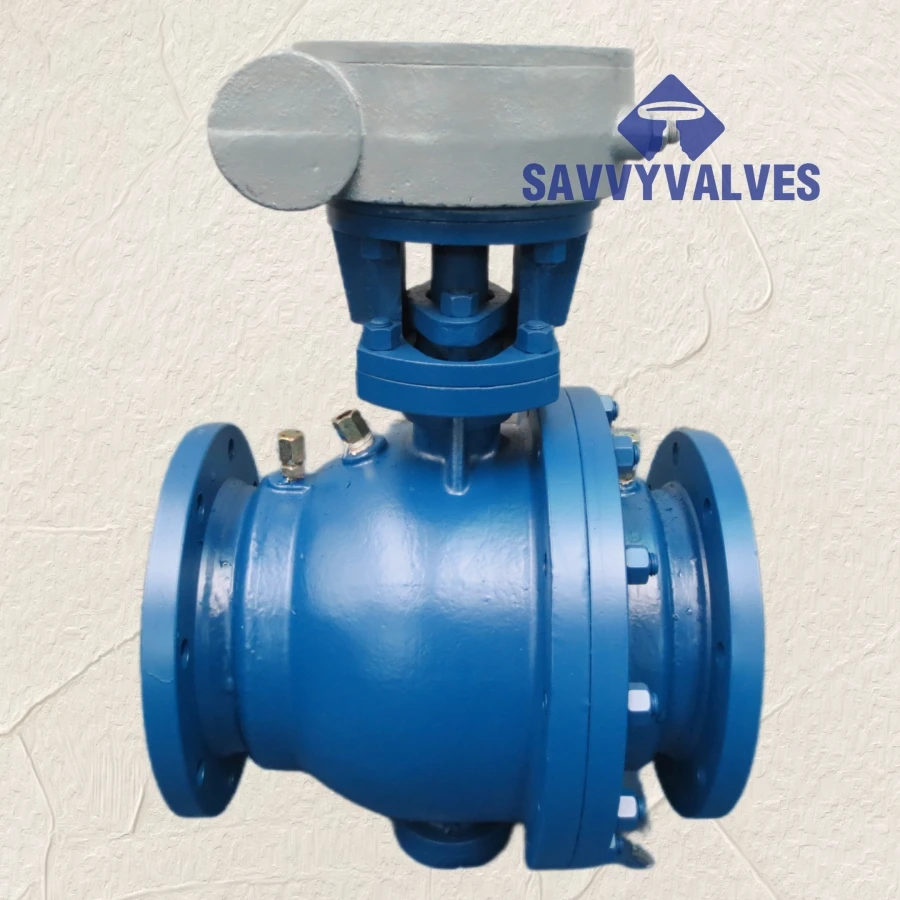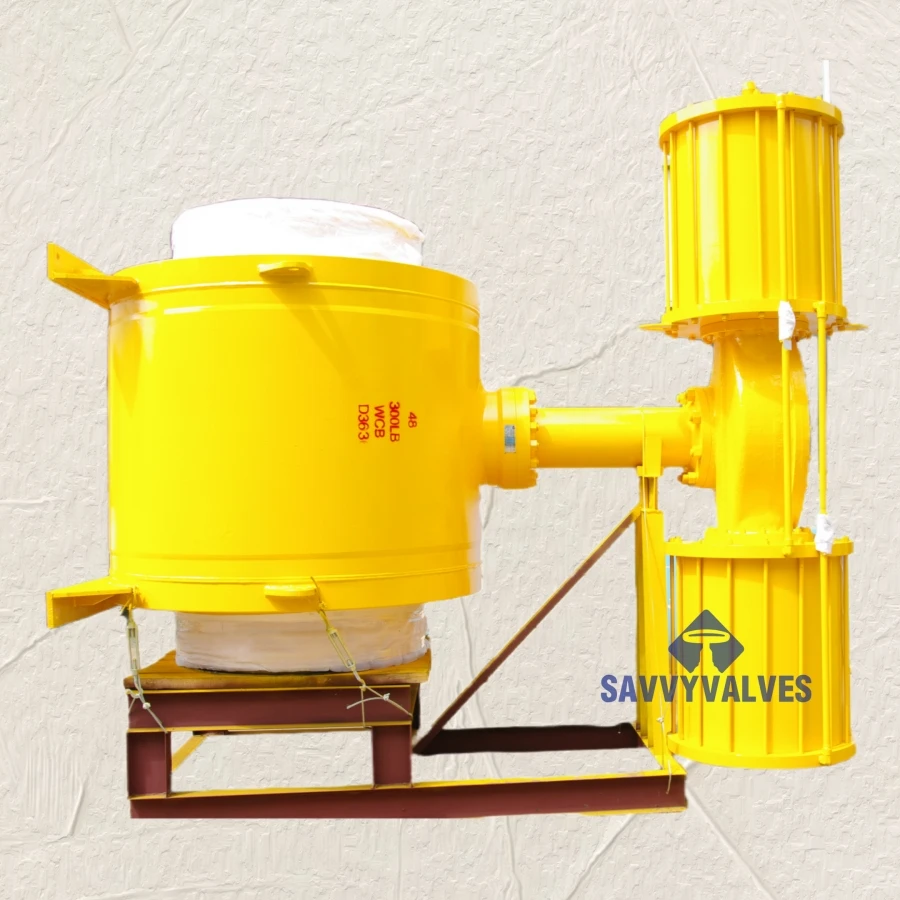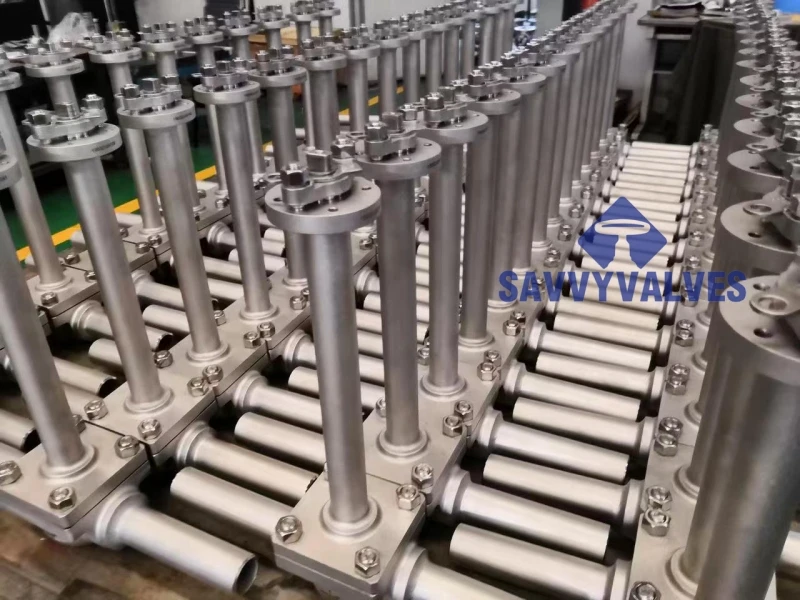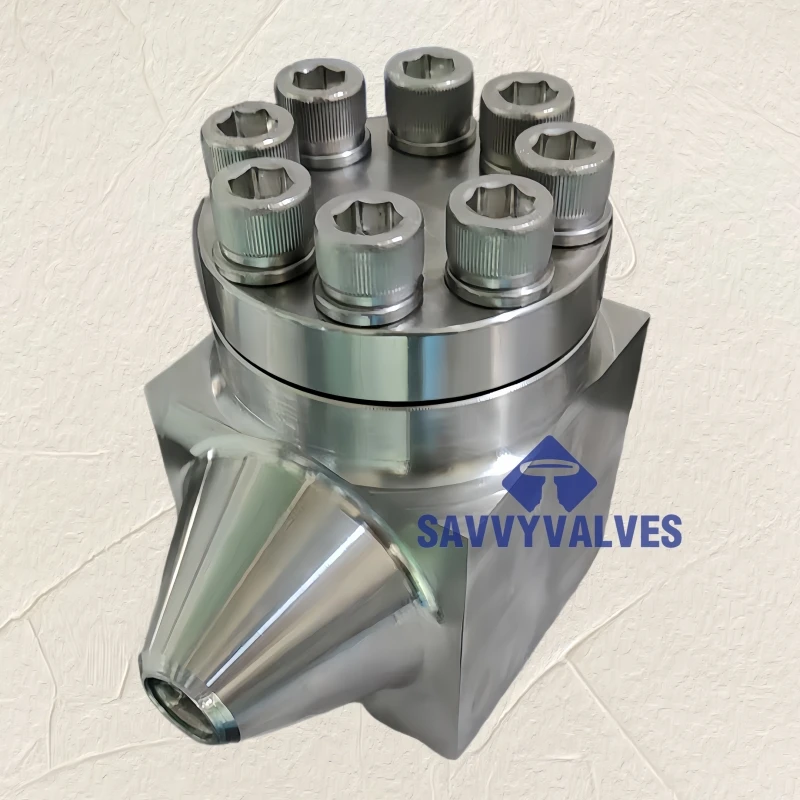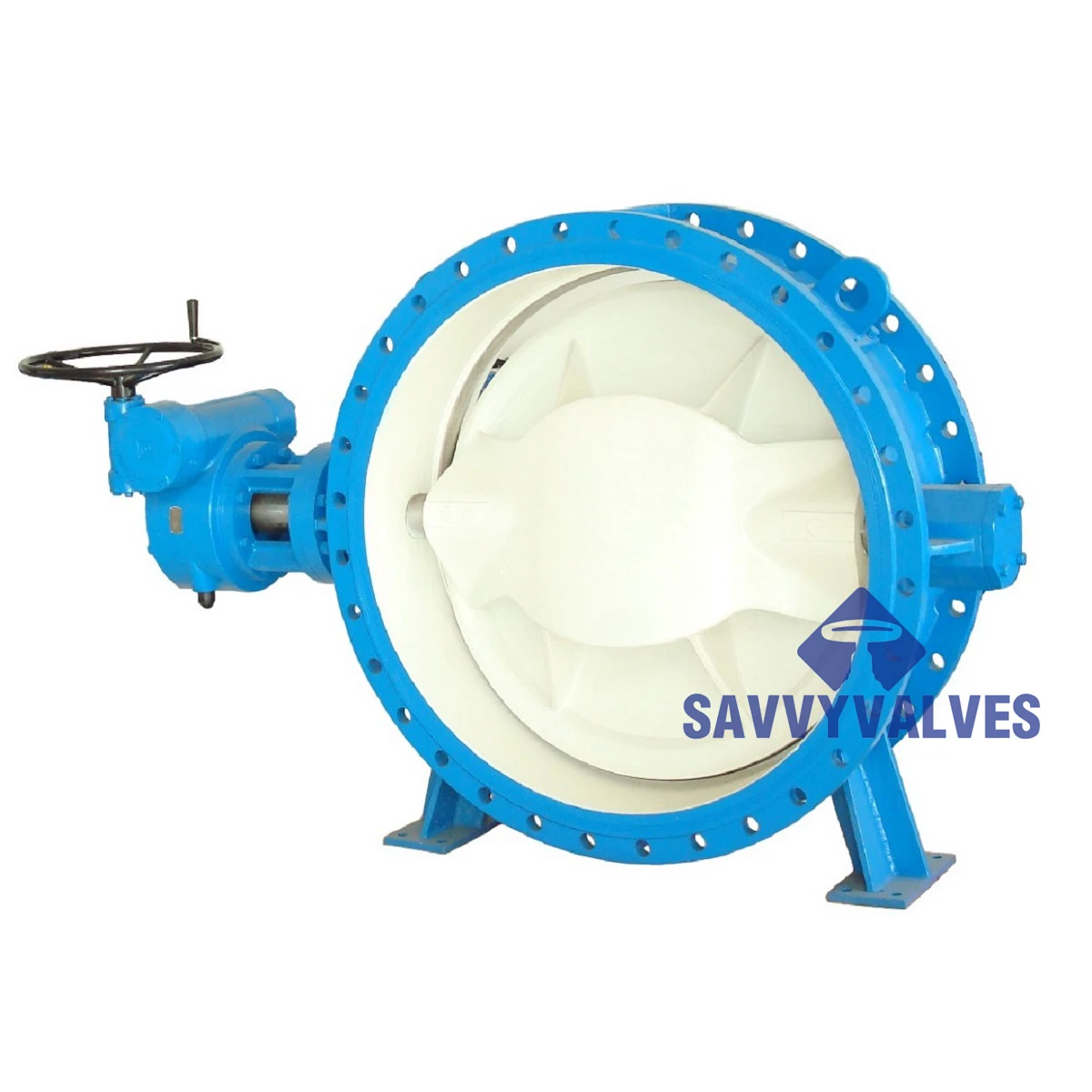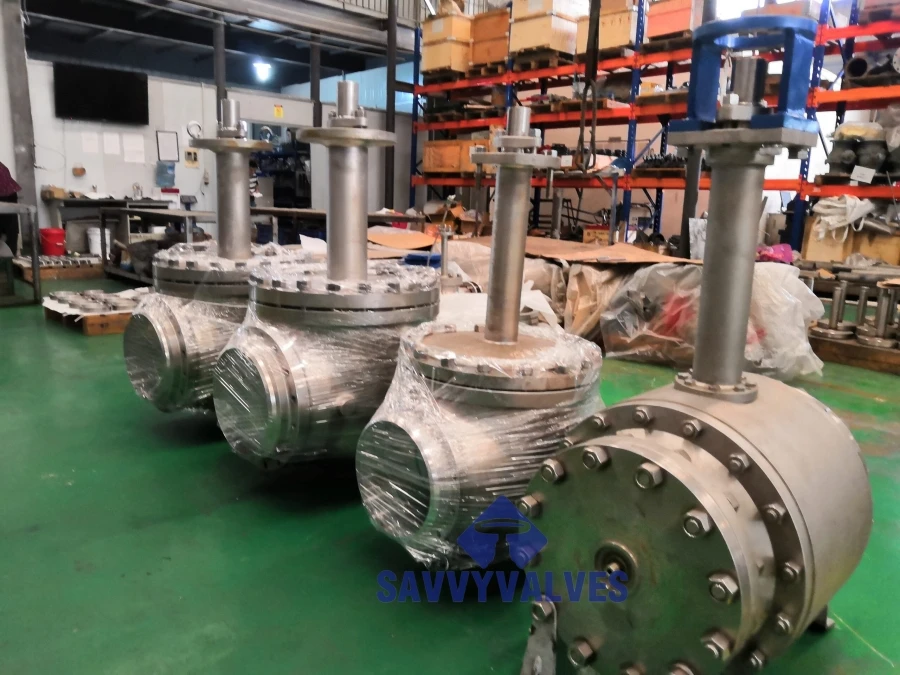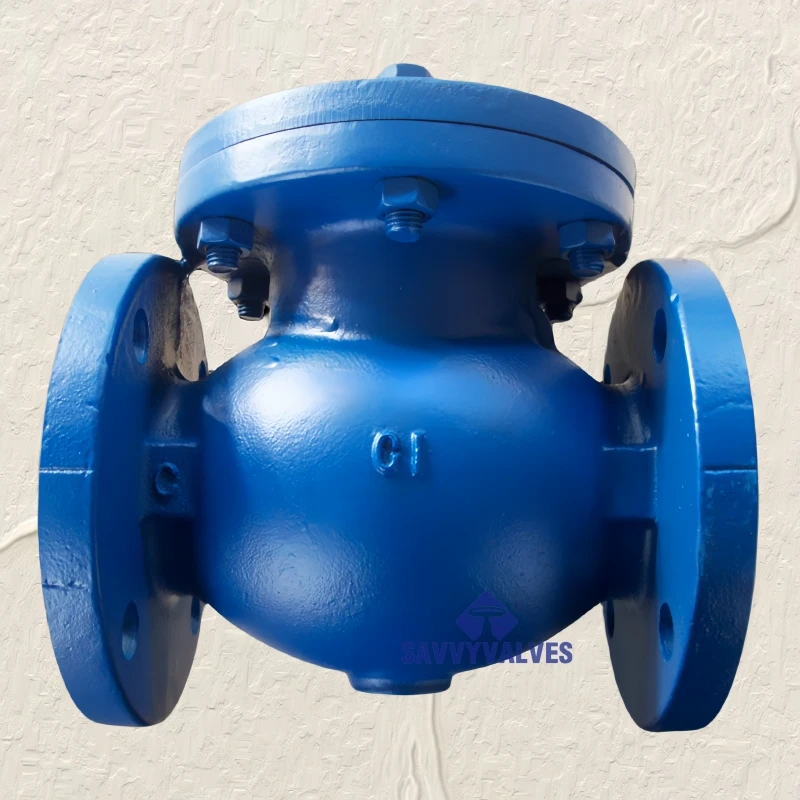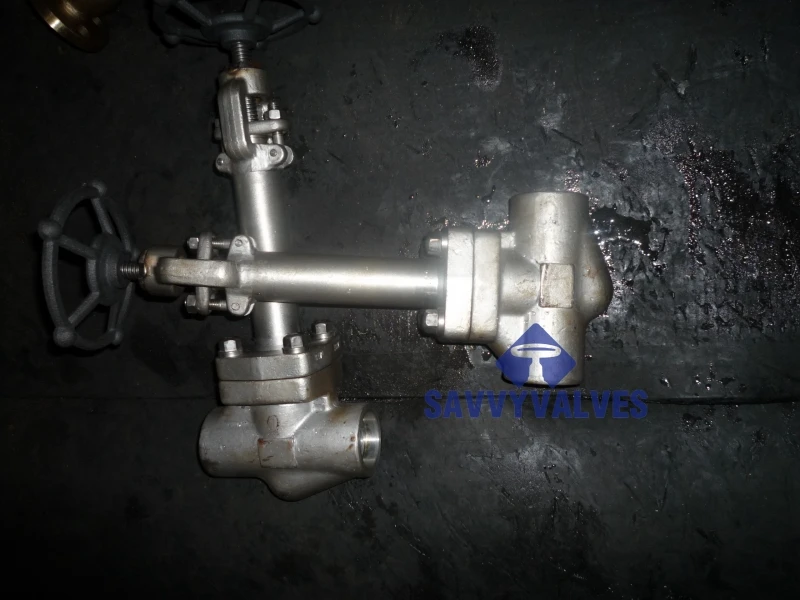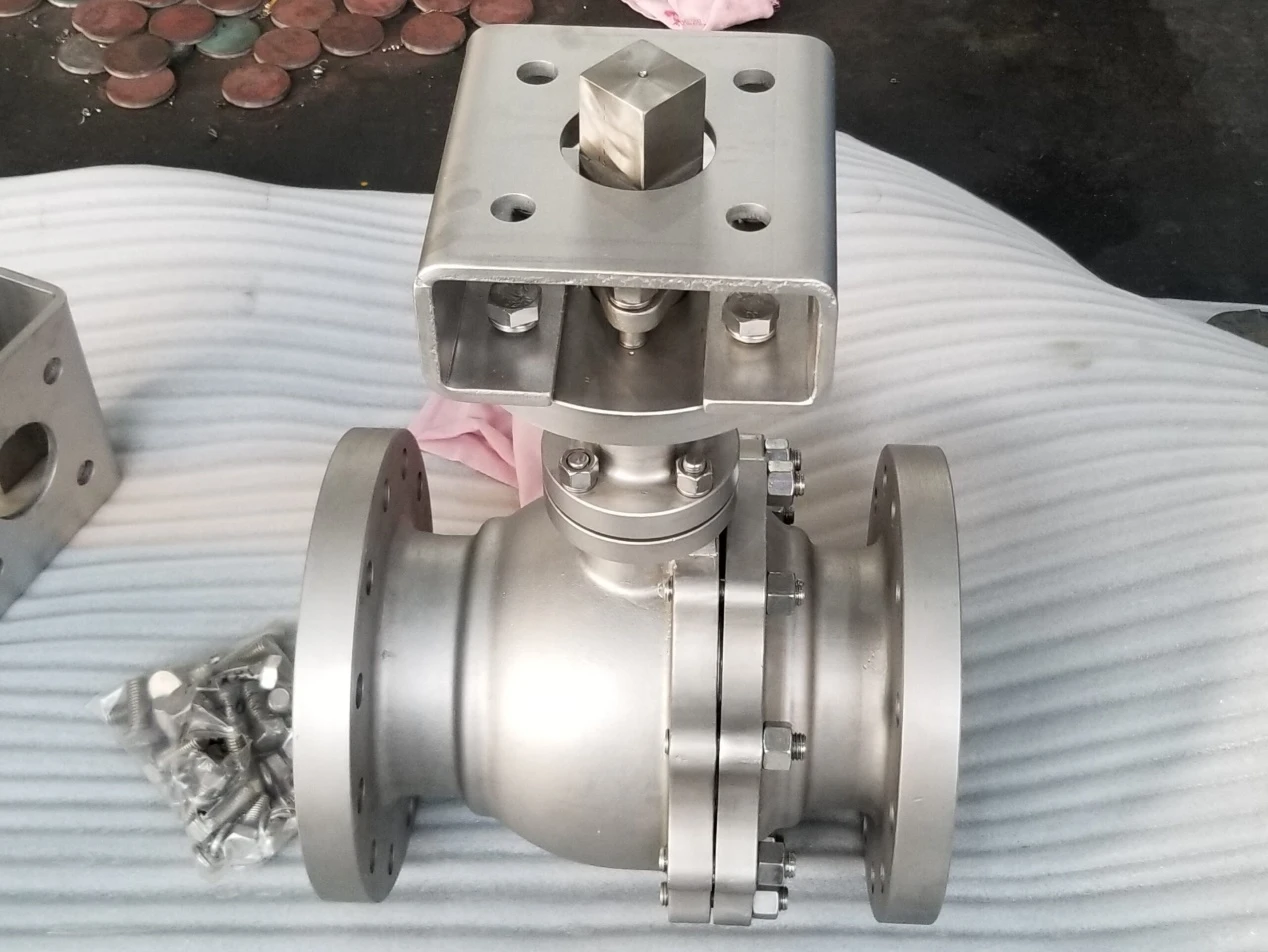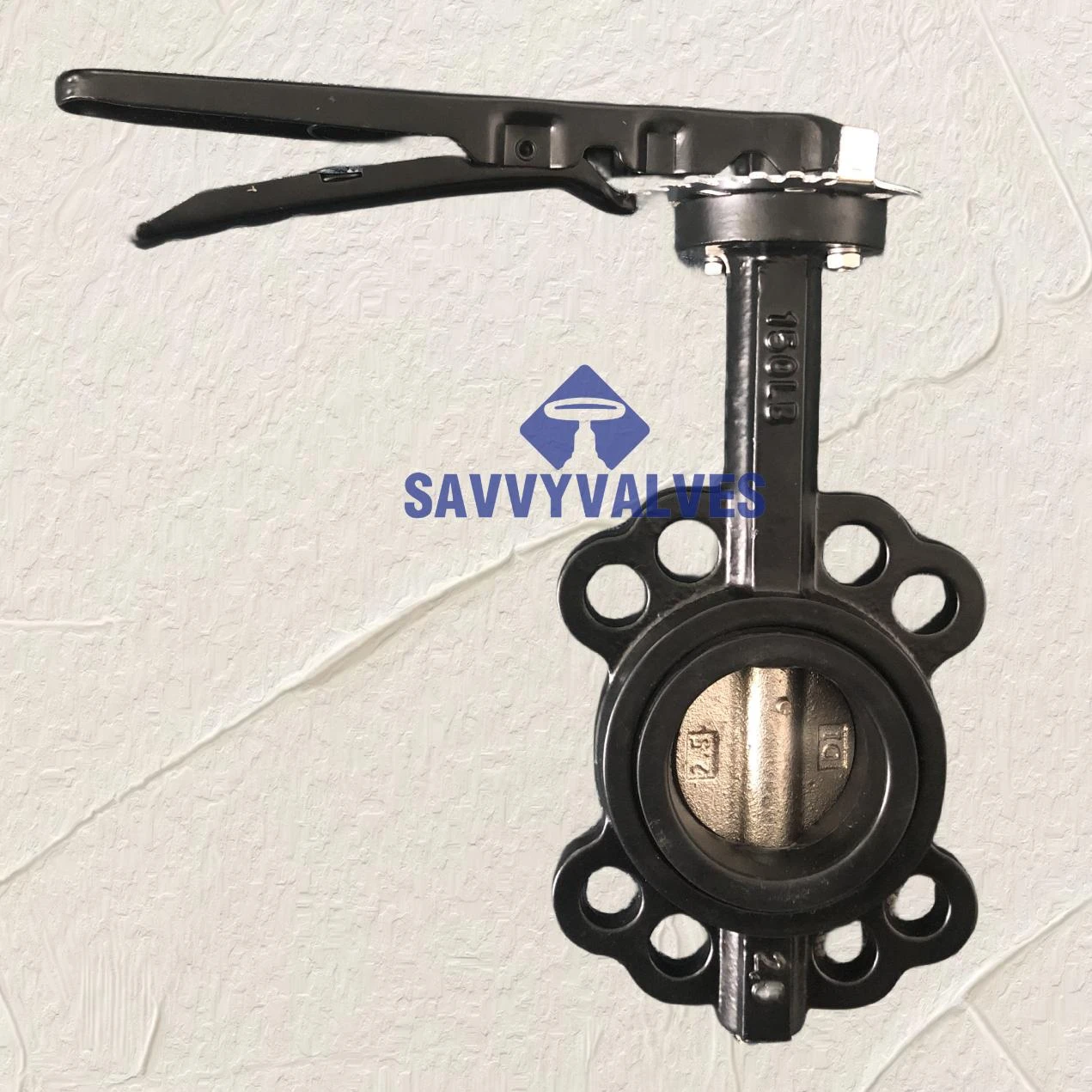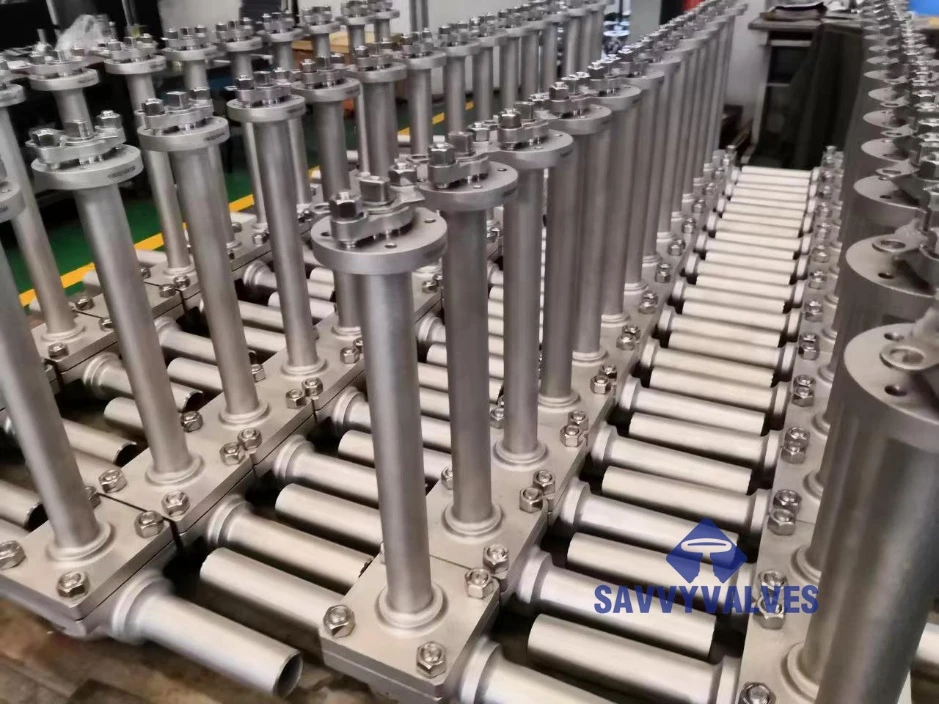- The critical role of pressure management in efficient irrigation systems
- Technical superiority: Design innovations in modern flow control technology
- Quantifiable efficiency gains from precision pressure regulation
- Comparative analysis: Industry leader performance benchmarks
- Customization scenarios for specialized agricultural applications
- Implementation evidence: Documented case studies across diverse farming operations
- Strategic implementation recommendations for irrigation system optimization
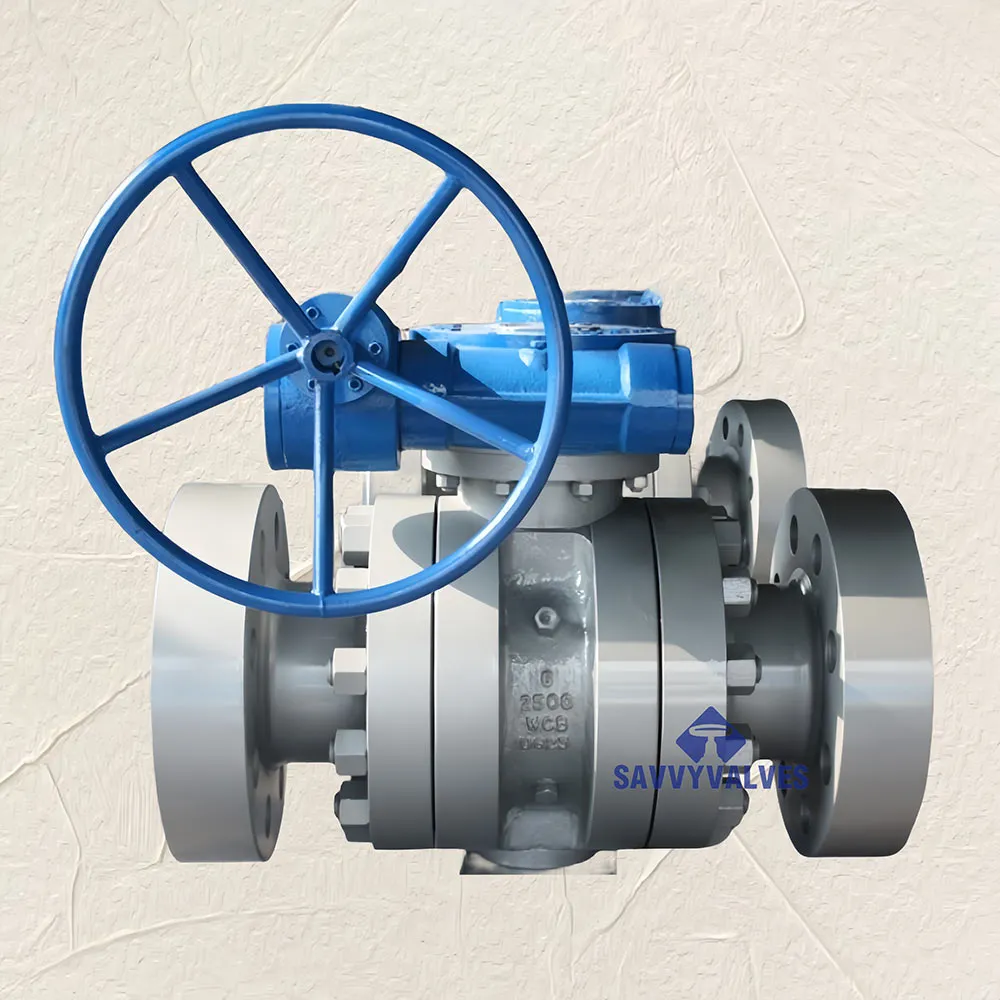
(pressure regulator valve irrigation)
Ensuring Irrigation System Integrity with Pressure Regulator Valve Technology
Modern agriculture depends on precise water delivery, where pressure regulator valve irrigation
components maintain system functionality. These devices counteract pressure fluctuations that cause equipment failures and water waste. Irrigation systems experience pressure variations exceeding 50% daily due to elevation changes and pump operations, risking joint failures and emitter blowouts. Pressure reducing valves for irrigation systems absorb these variations, maintaining output within ±5% tolerance ranges.
Agricultural operations report 33% water savings after installing precision regulators, according to USDA irrigation efficiency studies. Operators implementing pressure regulator valve irrigation components reduce maintenance incidents by 27% annually, extending equipment lifespan by 3-5 years. The economic impact becomes measurable within two growing seasons through reduced water procurement and pipe replacement costs.
Engineering Advancements in Flow Control Systems
Contemporary irrigation pressure reducing valves incorporate multiple redundant control mechanisms, with spring-loaded diaphragms and ceramic discs operating within 1-100 PSI parameters. These valves feature corrosion-resistant internals including marine-grade brass bodies and EPDM seals rated for 500,000+ cycles. Integrated bypass channels prevent particulate accumulation while enabling continuous flow monitoring.
Latest models embed pressure transducers that transmit real-time performance data to central irrigation management systems. Field sensors calibrate pressure adjustments every 90 seconds, maintaining optimal delivery to different irrigation zones regardless of changing demand. Such responsive regulation prevents root zone oversaturation, particularly critical for sensitive crops like avocados that experience 12% yield declines from improper irrigation pressure.
Performance Measurement and Resource Optimization
Comprehensive analysis reveals significant resource conservation through pressure regulator implementation. Controlled trials with precision equipment demonstrate 3.4 gallons per minute (GPM) flow rate consistency versus uncontrolled variances ranging from 2-7 GPM. This stability translates to quantifiable benefits:
- 41% reduction in pipe stress fractures
- 19% improvement in emitter uniformity distribution
- 0.35% average nutrient preservation in fertigation systems
Commercial vineyards utilizing pressure reducing valves for irrigation systems reported 22% decreased energy consumption from reduced pumping requirements during the 2022 growing season. These savings occurred despite 17% more irrigation cycles than previous years, demonstrating scalability advantages.
Competitive Performance Evaluation
| Specification | Regco PRV-Z700 | HydroFlow Stabilizer Pro | AgriValve PrecisionLine | Standard Models |
|---|---|---|---|---|
| Pressure Consistency (±PSI) | 0.8 | 1.2 | 0.6 | 3.5-5.0 |
| Flow Rate Accuracy | 98% | 96% | 99% | 85-90% |
| Chemical Resistance Rating | Class A | Class A | Class AA | Class B |
| Maintenance Interval | 5 seasons | 4 seasons | 7 seasons | Annually |
Custom Engineering for Specialized Applications
Unconventional farming scenarios require tailored pressure management solutions. Slope farming operations implement sequenced regulator arrays that compensate for 25-meter elevation gradients, maintaining uniform pressure across terraces. One Colorado orchard achieved 89% pressure consistency using 7-stage pressure reducing valves for irrigation system networks despite 40-meter elevation differentials.
Saline mitigation projects incorporate pressure regulator valve irrigation systems with integrated leaching fraction controls, automatically flushing salts from root zones. Desert farms using these configurations reduced soil salinity accumulation by 62% while maintaining precise nutrient delivery. Similarly, cold-climate adaptations feature heated housings that prevent freezing down to -20°F without thermal insulation requirements.
Documented Success in Agricultural Operations
California almond growers retrofitted drip systems with irrigation pressure reducing valves, recording observable benefits over 3 seasons. Pressure stability eliminated emitter clogging incidents previously occurring on 35% of irrigation lines annually. This resulted in 17 labor-hours per acre annual savings on maintenance, while improving kernel uniformity for premium market pricing.
Commercial nursery operations achieved consistent moisture distribution across propagation benches after installing pressure regulator valve irrigation controls. Substrate moisture measurements showed 94% uniformity versus 78% in uncontrolled zones, increasing germination rates by 19% for high-value ornamental species. This outcome demonstrates how precise pressure management correlates directly with propagation success.
Strategic Implementation for Optimized Irrigation System Performance
Integrating pressure regulator valve irrigation technology requires systematic evaluation of existing infrastructure. Start with pressure mapping throughout irrigation zones to identify variance areas exceeding 15% fluctuation. Prioritize installations at elevation transitions and zone entries where pressure differentials compromise distribution uniformity. Professional irrigation audits consistently reveal that 90% of systems have at least three critical locations benefiting from pressure reduction valves.
Seasonal monitoring verifies pressure maintaining valves' continuing effectiveness. Install pressure loggers downstream for quarterly performance validation, particularly before peak demand periods. This proactive maintenance approach prevents the 10-15% annual performance degradation observed in unmonitored systems, ensuring optimal irrigation pressure reducing valve function throughout equipment lifespans exceeding a decade.
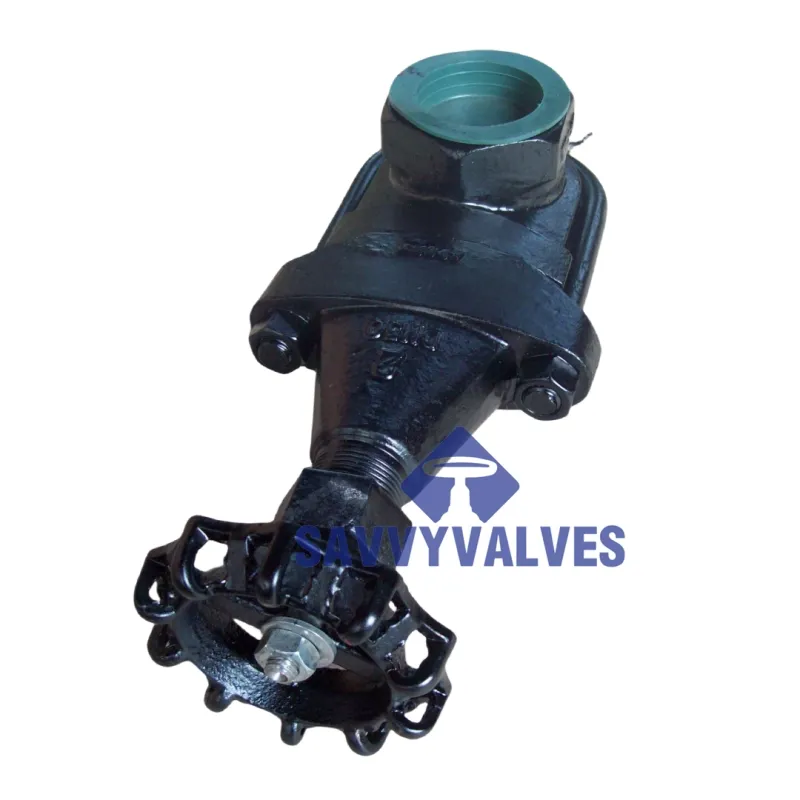
(pressure regulator valve irrigation)
FAQS on pressure regulator valve irrigation
Q: What does a pressure regulator valve do in irrigation systems?
A: It maintains consistent water pressure to protect pipes and emitters from damage. The valve reduces high incoming pressure to optimal levels (typically 15-50 PSI) for drip irrigation or sprinklers. This prevents leaks and ensures even water distribution across all zones.
Q: How do I choose the right pressure reducing valve for my irrigation system?
A: Consider your system's maximum flow rate (GPM) and required output pressure. Select a valve with flow capacity exceeding your peak demand and adjustable pressure settings matching emitter specifications (e.g., 30 PSI for drip lines). Always verify compatibility with pipe size and water source pressure ranges.
Q: Can a pressure regulator valve for irrigation prevent pipe bursts?
A: Yes, by controlling excessive pressure that causes pipe joints and sprinkler heads to fail. These valves absorb pressure spikes from municipal lines or pumps, maintaining safe operating levels below 50 PSI for most residential systems. This significantly reduces risks of costly water leaks and component damage.
Q: Where should I install an irrigation pressure reducing valve?
A: Install it immediately after the backflow preventer in your main supply line, before any zone valves. For drip systems, add secondary regulators directly at zone entries to fine-tune pressure. Ensure vertical orientation with flow arrows aligned and provide 5x pipe diameter of straight pipe upstream for optimal performance.
Q: Why does my irrigation pressure regulator valve leak or fail prematurely?
A: Common causes include sediment clogging from unfiltered water, pressure surges exceeding rated capacity, or improper sizing for flow rates. Install a 120-mesh filter upstream, choose valves with higher PSI ratings than your source pressure, and flush debris annually. Replace worn diaphragms every 3-5 seasons for consistent regulation.

